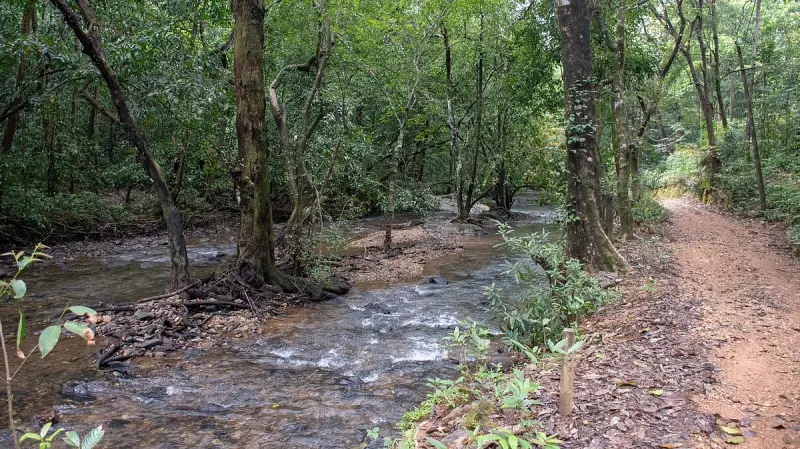
A crucial environmental assessment that could determine the fate of Karnataka's ambitious 2000 MW Sharavathi Pumped Storage Project is scheduled for October 27, when the Expert Appraisal Committee (EAC) of the Union Ministry of Environment, Forest and Climate Change (MoEF&CC) will conduct a detailed review.
Project Overview and Significance
The massive energy storage project, proposed by the Karnataka Power Corporation Limited (KPCL), represents a significant step toward stabilizing the state's power grid and supporting its renewable energy ambitions. Located in the ecologically sensitive Western Ghats region of Shivamogga district, the project aims to create a sophisticated pumped storage system that would serve as a giant battery for Karnataka's electrical grid.
How Pumped Storage Works
Pumped storage hydroelectricity operates on a simple yet effective principle: during periods of low electricity demand, typically at night, the system uses surplus power to pump water from a lower reservoir to an upper reservoir. When energy demand peaks, the water is released back downhill through turbines, generating electricity precisely when it's needed most.
Environmental Concerns and Location
The project's proposed location within the Western Ghats, a UNESCO World Heritage Site recognized for its exceptional biodiversity, has raised significant environmental concerns. The area is home to numerous endemic species and serves as a critical watershed for the region.
Key environmental considerations include:
- Potential impact on forest cover and wildlife habitats
- Effects on local water resources and hydrology
- Consequences for the rich biodiversity of the Western Ghats
- Impact on local communities and their livelihoods
Strategic Importance for Karnataka
Despite environmental concerns, the project holds strategic importance for Karnataka's energy security. As the state increases its reliance on intermittent renewable sources like solar and wind power, the need for large-scale energy storage solutions becomes increasingly critical.
The Sharavathi project would provide:
- Grid stability and reliability
- Backup power during peak demand periods
- Support for further renewable energy integration
- Enhanced energy security for the state
The Upcoming Decision
The October 27 meeting represents a pivotal moment for the project. The EAC's recommendation will significantly influence whether the project receives the necessary environmental clearances to proceed. The committee is expected to thoroughly examine the detailed project report, environmental impact assessment, and all stakeholder concerns before reaching its decision.
This assessment comes at a time when India is aggressively pursuing its renewable energy targets while simultaneously facing increasing pressure to protect its fragile ecosystems. The outcome of this evaluation could set important precedents for how future energy projects are balanced against environmental conservation in ecologically sensitive areas.





